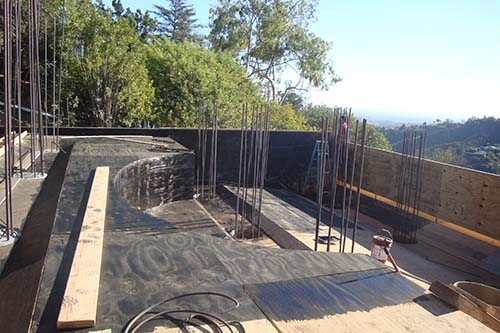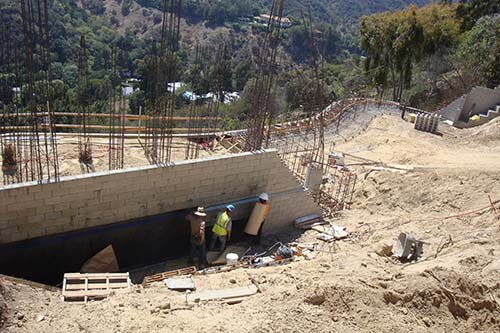When we think of modern cities, with their towering skyscrapers, intricate road networks, and impressive bridges, we owe their existence and functionality to the expertise of civil engineering. Civil engineering is the backbone of our modern infrastructure, shaping the way we live, work, and connect. In this blog post, we will delve into the fascinating world of civil engineering, exploring its significance, key roles, and the incredible impact it has on shaping the world around us.
- Defining Civil Engineering: Civil engineering is a branch of engineering that deals with the design, construction, and maintenance of infrastructure projects, ranging from buildings and bridges to roads, airports, and water supply systems. Civil engineers are the masterminds behind the planning and execution of these projects, ensuring they meet safety, efficiency, and environmental standards. The field of civil engineering encompasses various disciplines, including structural engineering, geotechnical engineering, transportation engineering, and water resources engineering.
- Shaping the Urban Landscape: As cities continue to grow and evolve, civil engineers play a crucial role in designing and constructing the urban landscape. They plan and build transportation systems that keep people and goods moving efficiently, create sustainable water supply and sewage systems, and design structures that withstand the test of time. Civil engineering contributes to the livability and functionality of urban areas, making cities more vibrant, accessible, and sustainable.
- Innovations in Civil Engineering: Civil engineering is not static; it constantly evolves with advancements in technology and materials. Innovative practices, such as Building Information Modeling (BIM) and computer simulations, enable engineers to visualize and optimize designs before construction begins. Moreover, the field embraces sustainable and eco-friendly solutions, incorporating green building practices and renewable energy sources to minimize the environmental impact of projects.
- Ensuring Safety and Resilience: Safety is paramount in civil engineering. Engineers rigorously analyze and assess potential risks to ensure the structural integrity and safety of infrastructure projects. In addition, civil engineers incorporate resilience into their designs, considering how structures can withstand natural disasters and extreme weather events. By prioritizing safety and resilience, civil engineering protects communities and assets, creating a more secure and resilient built environment.
- Global Impact: Civil engineering extends far beyond city boundaries. It has a profound impact on a global scale, addressing critical issues such as climate change, water scarcity, and sustainable development. Civil engineers play a crucial role in designing and implementing solutions to mitigate the effects of climate change, such as developing flood control systems and designing energy-efficient buildings. They also work on projects to provide access to clean water and sanitation in underserved communities, improving quality of life around the world.
Civil engineering is the backbone of modern infrastructure, shaping the world we live in and influencing every aspect of our daily lives. From designing iconic landmarks to ensuring safe transportation networks and promoting sustainable development, civil engineering has a far-reaching impact on our society and the environment. As we continue to push the boundaries of technology and sustainability, civil engineering remains at the forefront of creating a better, safer, and more connected world for generations to come.





No comment